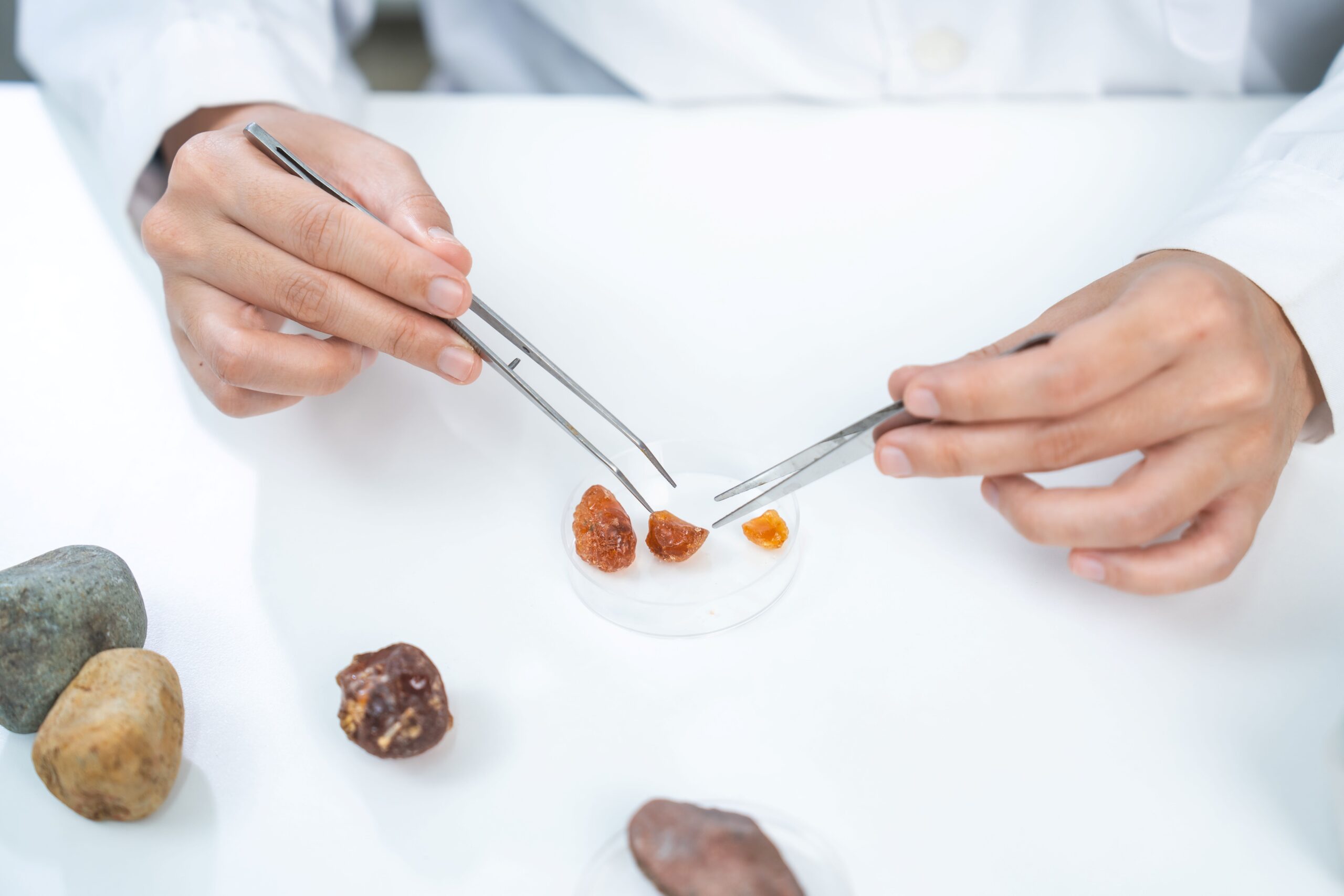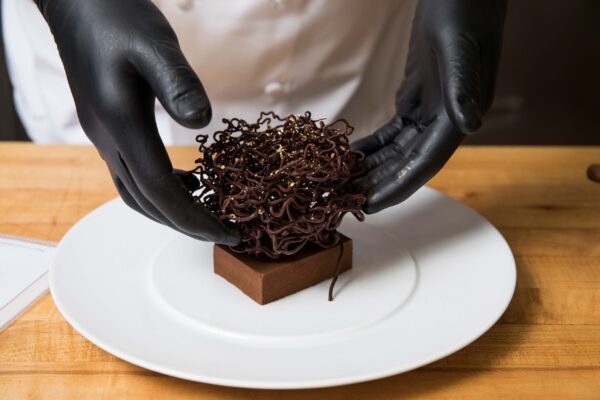If cooking is an art, molecular gastronomy is its scientific laboratory. The term, coined by two physicists in 1988, describes a field where chemistry and physics unlock the mysteries of cooking. And it’s not just fun tricks with nitrogen and bubbles: it’s about serious science that helps us understand why certain flavors go together, how best to preserve flavor, and how to prepare food that will not just be nourishing, but amazing.
Molecular gastronomy goes beyond conventional cooking. Unlike classical food science, it focuses not on production, but on cooking as practiced in homes and restaurants. The methods used come straight from laboratories: spherification, flash freezing, emulsification, and even the use of centrifuges to separate flavor layers.
The Techniques, Tools, and Ingredients of Molecular Cuisine
To understand how molecular gastronomy works, you only need to look at the techniques and equipment used. Here are the key elements of this culinary approach:
Techniques
Molecular gastronomy is a set of unique techniques that allow you to create entirely new shapes, textures, and flavors. Here are just a few of the most common techniques used in the “lab” kitchen:
- Spherification: turning liquids into balls resembling caviar, such as apple or olive caviar.
- Emulsification: creating stable mixtures from immiscible liquids.
- Unusual combinations of flavors and textures: e.g., bacon-flavored ice cream or transparent ravioli.
- Flash freezing: instant cooling to extremely low temperatures.
- Low temperature cooking (sous-vide): precise control of the heating process.
- Creating new shapes: gels, foams, crispy glass-like structures.
These techniques help create culinary experiences that surprise not only with taste, but also with presentation, aroma, and even sound.
Tools
To bring these techniques to life, next-generation chefs have to arm themselves with equipment more commonly found in laboratories than in a conventional kitchen. Below are the basic tools of molecular cuisine:
- Liquid nitrogen: for freezing and creating effects.
- Anti-grill: a cooled surface for instant freezing.
- Centrifuge: for separating liquids by density.
- pH meters: for monitoring the acidity of a dish.
- Vacuum machines, dehydrators, ultrasonic mixers, and tabletop distillers.

Each of these devices plays a different role, from creating the right texture to extending a dish’s shelf life without altering its flavor.
Ingredients
In addition to unusual devices and techniques, molecular gastronomy also requires special ingredients. These are substances that help stabilize texture, enhance flavor, or create new physical forms. Here are the key ones:
- Hydrocolloids (pectin, starch, gelatin, gum): as stabilizers and gelling agents.
- Emulsifiers (soy lecithin, xanthan gum): to combine the immiscible.
- Methyl cellulose: a gelatin that solidifies when heated.
- Enzymes: such as transglutaminase, are “meat glue” for joining proteins.
- Carbon dioxide: to create foams and bubbles.
These additives may seem like “chemistry,” but they are what make culinary miracles possible that once seemed like science fiction.
Perhaps the most striking thing about molecular gastronomy is the way it combines science, technology, and flavor. Understanding heat transfer, viscosity, solubility, and acidity allows you to not just follow recipes but create them from scratch, knowing how each ingredient will behave. It’s a new era in cooking in which the chef plays the role of scientist and artist at the same time.
And who knows, maybe your next gastronomic masterpiece will be created not in a restaurant, but in your own kitchen with a thermometer, nitrogen and a couple of scientific ideas.


Comments are closed